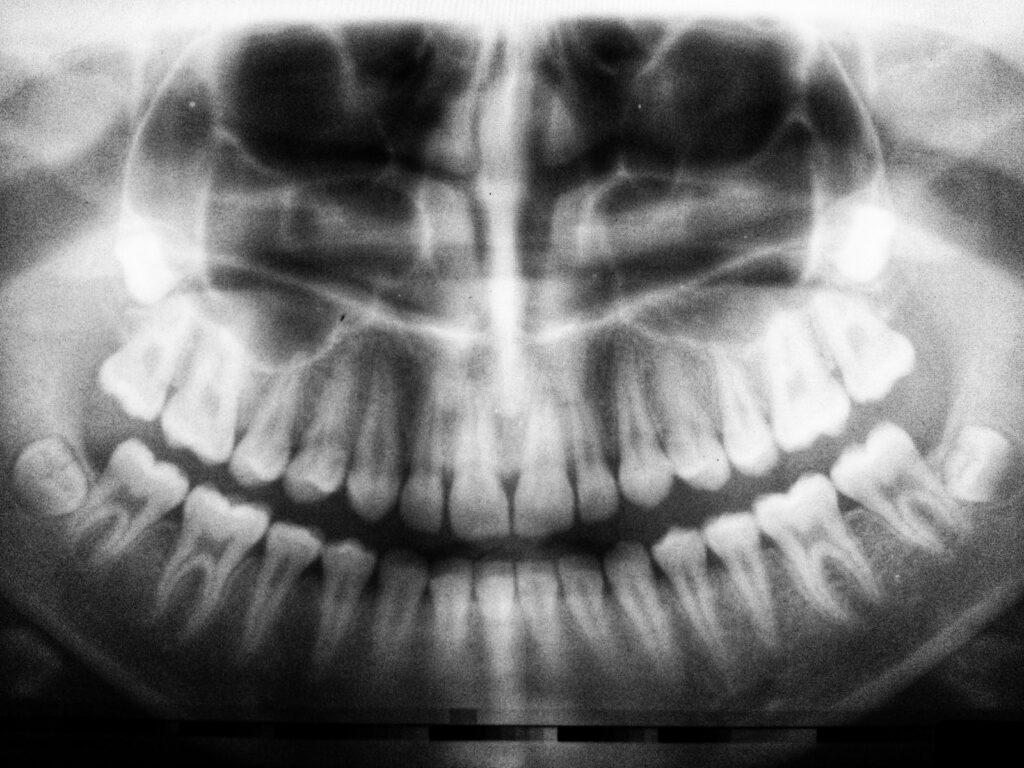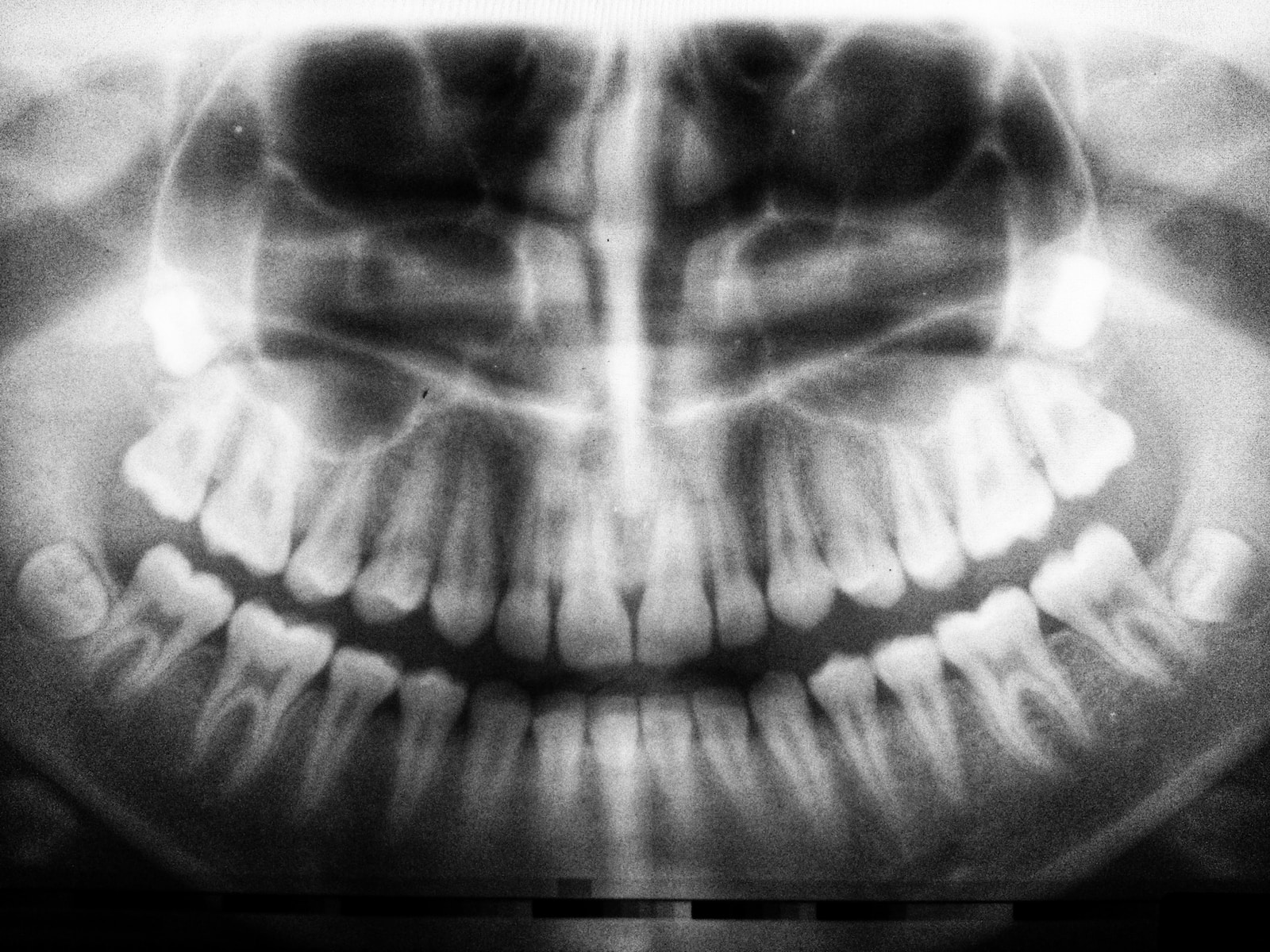Step-by-Step Dental Filling Procedure: How Does It Work?
It is one of the most performed procedures in Western dentistry: dental fillings. It is also quite dreaded. There is absolutely no need for that. With this step-by-step guide for dental filling procedures, you know exactly what to expect.
In This Article:
- Dental fillings: types
- Preparing for the procedure
- Step-by-step dental filling procedure
- After the dental filling procedure
Dental fillings: types
Dental fillings are essential for maintaining good oral health and fixing common dental problems. These problems can include tooth decay, cavities, and minor tooth damage. Fillings are made of different materials like amalgam, composite, and ceramic, each with its own advantages and disadvantages. When choosing the proper filling, patients should consider their preferences and the extent of the damage.
Amalgam fillings, also known as silver fillings, are very durable and work well for molars and heavily used teeth. These have been used for over 175 years but are slowly phased out of dentistry.* Composite fillings are made of plastic resin and finely ground glass particles. They blend in naturally with the surrounding teeth. Ultimately, the choice of filling material depends on the individual’s needs and preferences to maintain good oral health.
More details on the material used for dental fillings can be found here.
Preparing for the procedure
Preparing for the dental filling procedure is quite easy. The dentist will start with a dental examination to ensure a thorough assessment of your oral health before the procedure. This examination guides us in understanding your specific needs. We describe the steps of the pre-procedure assessment, which involves evaluating the extent of dental damage and the suitability of various filling materials. Your dentist will try to explain the steps as thoroughly as possible, ensuring you are fully informed and comfortable with the procedure.
Sometimes a temporary dental filling will be placed. This is mostly to make sure the edges of the cavities are smooth. If they’re sharp or jagged, they could cause damage. The temporary filling will be replaced during the dental filling procedure.

Step-by-step dental filling procedure
Dentists perform this procedure very often. In fact, dental fillings are the most common restorative procedure in the US.* It is generally pain-free, thanks to anesthesia. After the routine procedure, over-the-counter painkillers can be used if necessary.
Step 1: Numbing for comfort
The first and arguably the most crucial step in the dental filling procedure is ensuring your comfort. Dental work can be anxiety-inducing for many people. It shouldn’t be! To alleviate any discomfort, we often employ a two-fold approach.
- Pre-numbing gel. Before the actual injection of a local anesthetic solution, we often apply a pre-numbing gel to the area where you will receive the injection. This gel contains 20% benzocaine, and its purpose is to pre-numb the injection site, making the subsequent injection significantly more comfortable. In some cases, we don’t use the gel and go straight to injection.
- Local anesthetic injection. Your dentist uses a syringe to deliver the anesthetic, which effectively numbs the tooth and the surrounding area. Common anesthetic options include Lidocaine, Mepivacaine, Septocaine, and Bupivacaine. After the injection, it takes around 3 to 5 minutes for the anesthesia to kick in. Once you are numb, we can proceed with the procedure. You experience minimal discomfort.
Step 2: Removing decay
Decay can manifest as brown or black areas on the tooth, which are soft and can be easily scraped off with a spoon excavator. To ensure thorough removal, we employ several techniques.
High-speed drill. In most cases, a high-speed dental handpiece with diamond burs is used to remove the decayed portion of your tooth. The high-speed drill is highly effective at removing decay and shaping the tooth for the filling.
Caries Indicator. A pink dye called caries indicator is used to double-check that all cavities have been removed. This dye stains any remaining tooth structure that cannot be remineralized. This ensures that the tooth cavity is completely clean and only healthy tooth structure remains.
Step 3: Filling material selection
Dental fillings come in various materials, each with its unique characteristics and benefits. The primary options include:
- Amalgam fillings, often referred to as silver fillings, are a time-tested choice with great durability. They are made by combining mercury with other metals like silver, tin, and copper. Amalgam fillings are particularly well-suited for molars and teeth that are worn down from chewing. However, the tooth must be prepared in a specific box shape to accommodate amalgam, which may involve the removal of additional tooth material.
Due to the use of mercury, amalgam fillings are slowly phased out of the dentistry field. - Composite fillings are a popular choice due to their natural appearance. They consist of a mixture of plastic resin and finely ground glass particles, resulting in a tooth-colored material that seamlessly blends with your natural teeth. Unlike amalgam fillings, composite fillings do not require a specific cavity shape, making them a versatile choice for various dental applications.
- Gold and porcelain fillings are known for their extreme durability. Gold fillings, while highly effective, tend to be more expensive. For porcelain fillings, an impression of your tooth is taken and sent to a lab, where an inlay or onlay is prepared and later bonded to your tooth cavity with dental cement.
- Glass ionomer fillings come in various mixes and consistencies, with thicker formulations recommended for tooth fillings to ensure durability. These fillings are versatile and can be used for different dental needs.

Step 4: Placing the filling material
Once the appropriate filling material is selected, the next step is to place it inside the prepared tooth cavity. The technique used depends on the type of material chosen.
For amalgam and some composite fillings, your dentist will place the material layer by layer. This layered approach ensures that there are no voids or underfilled areas, providing a sturdy and secure restoration. It’s important to avoid placing too much material at once, as this can result in gaps.
However, recent advancements in composite materials have introduced ‘bulk fill’ composites, which take away the need for layering. These composites can be applied in a single, substantial layer. This makes the filling process quicker and easier.
Step 5: Allowing the filling to set
The setting process varies depending on the type of filling material used.
Amalgam fillings set within a few minutes on their own. If the dentist works too slowly, the material may set while they are packing it into the cavity.
Composite fillings require curing with an LED curing light to harden the material. This light emits a specific frequency of light that triggers the hardening process. Composite resin can also set with visible daylight, but it takes significantly longer. Leaving composite resin exposed to light without a cover will cause it to harden prematurely.
Step 6: Adjustments and bite alignment
After the filling material has finished hardening, the dentist will make the necessary adjustments to your bite. These adjustments are important for ensuring that the filling does not interfere with your normal bite pattern. It will prevent any discomfort during chewing or biting down.
To achieve this, articulating paper (blue paper) will map out your bite. You’ll be asked to bite down a few times, and any high spots or areas of discomfort will be identified. We then proceed to grind away these spots until your bite feels normal and even.
Step 7: Polishing and finishing
The final step in the dental filling procedure involves polishing the restoration. Specialized polishers will make the filling look and feel glossy. This process is quick and painless, leaving you with a beautifully restored tooth.
After the dental filling procedure
After the procedure, you can take over-the-counter pain meds. Ask your dentist for advice. The first hours after, you are advised not to eat. Drinking and smoking is also discouraged. Read all about the aftercare for dental fillings.
* stats summary here: https://nbbrush.com/important-statistics-of-dental-health-in-2022-take-care-of-your-teeth/ based on https://www.who.int/team/noncommunicable-diseases/global-status-report-on-oral-health-2022 (full report)
